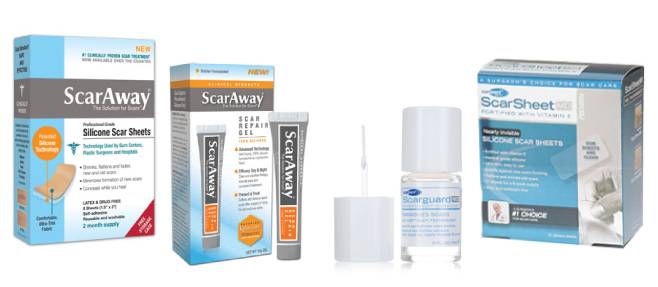Scars Part 2: Tips for Minimizing Scar Appearances

In my first article in this series I explained that although most people heal with normal skin there are risk factors such as location, skin type, and genetics that can lead to less favorable scars. Some of these factors are controllable, while others are not. It is therefore important to proactively do everything possible to minimize scar appearance.
Healthy Lifestyle
This is important not just for scar appearance but for your overall healing course. The more balanced your lifestyle is, with a heart healthy diet that is rich in protein and vegetables, and a reasonable exercise regimen including aerobics, the better you will heal after any plastic surgery or dermatology procedure.
Immediately After Your Procedure
Depending on your procedure you will have either external or internal sutures. Most surgeons and dermatologists will remove external sutures in 5 to 14 days depending on the procedure performed and the body location. For example external sutures on the eyelids may be removed in as early as 5 days, while sutures on the lower leg may be left in for up to 14 days. On the other hand, the sutures that I use in breast augmentation and tummy tucks are internal and are dissolved by the body over time. The goal of all sutures is to bring the edges of the wound together and to minimize tension. Tension is bad for scars and causes them to widen and/or thicken.
Once your dressings/sutures are removed, your scar appearance will likely be slightly raised. Do not be concerned about an early ‘raised’ appearance. This is called ‘wound edge eversion’ and means that your incision has been closed properly to minimize tension on the repair. A few days after suture removal your surgeon or dermatologist may recommend some products to start using:
Silicone
The most important product that has been shown to help with scar appearance, by far, is medical grade silicone. This has been studied in dozens of research articles. We believe that covering the scar with a silicone product prevents loss of hydration, which has an impact on the cells responsible for the scar response in the human body. These products are over-the-counter and are available in the scar section of most commercial pharmacies like CVS or Walgreens. They are manufactured as either gels or strips, and I have my preferred brands based on ease of application, texture, and smoothness.
Growth Factors
Growth factors are substances that your body makes that signal certain cells to start working on a certain project. Think of them as specialized alarm clocks that signal cells to ‘get up’ and start working. In the case of skin rejuvenation, there is a growing body of evidence that suggests that applying products that contain growth factors to the skin improves skin texture and appearance over time by improving cell turnover and cell-to-cell signaling. This phenomenon appears to apply to scars as well. Currently, my favorite products are manufactured by SkinMedica. This is based on the strength of the scientific research behind these products, as well as my clinical observations in my own patients.
Massage
Twice-daily massage is a powerful way to control scar appearance in the first few months of healing. The mechanical act of rubbing the scar will actually help modify the collagen that has been laid down into smoother bundles, giving a scar that is suppler, flatter, and less firm. Your surgeon may recommend a more aggressive regimen depending on your particular situation.
What About Mederma?
This is a very popular product that many people have heard of. The active ingredient is onion extract. There are scientific data supporting Mederma, however the support is weaker than the support for silicone. Since Mederma may cost more than many silicone products on the market and seems to be less efficacious, I typically counsel my patients towards topical silicone.
My next article in this series will go over some of my techniques and interventions in a scar that I am concerned about.
Please post your comments below.

Great tips on ways of preventing scar tissue in the long run. Thanks for sharing!